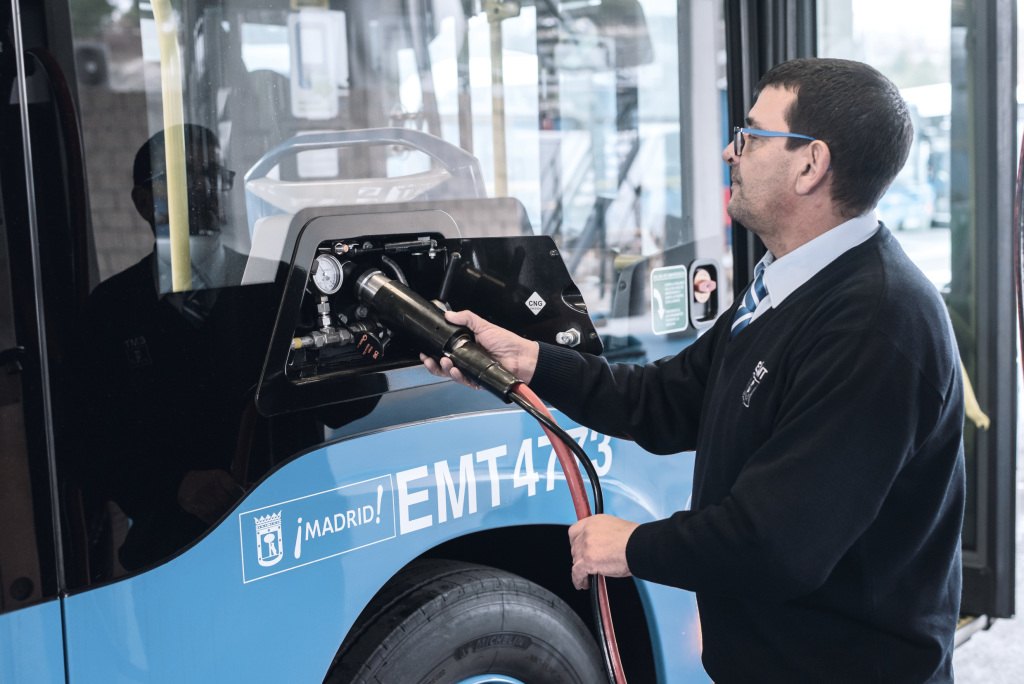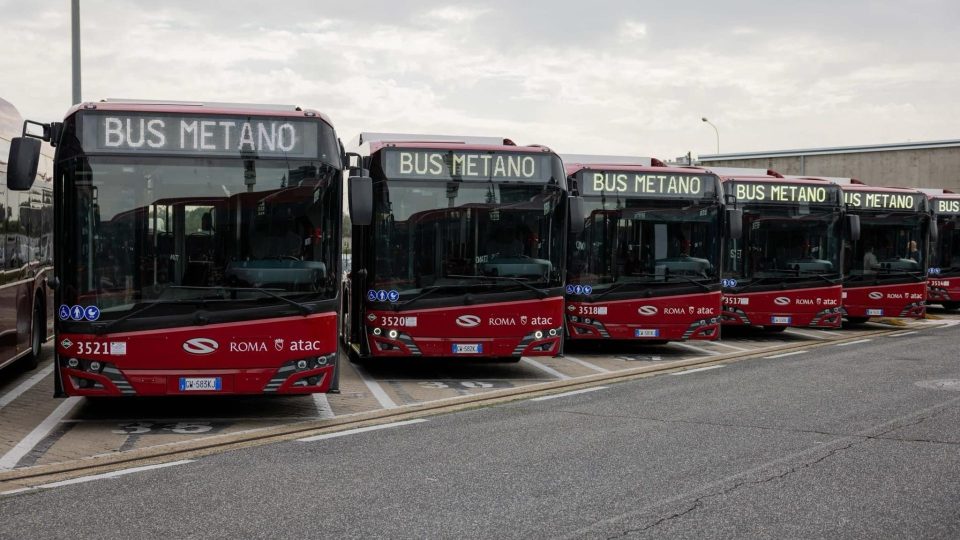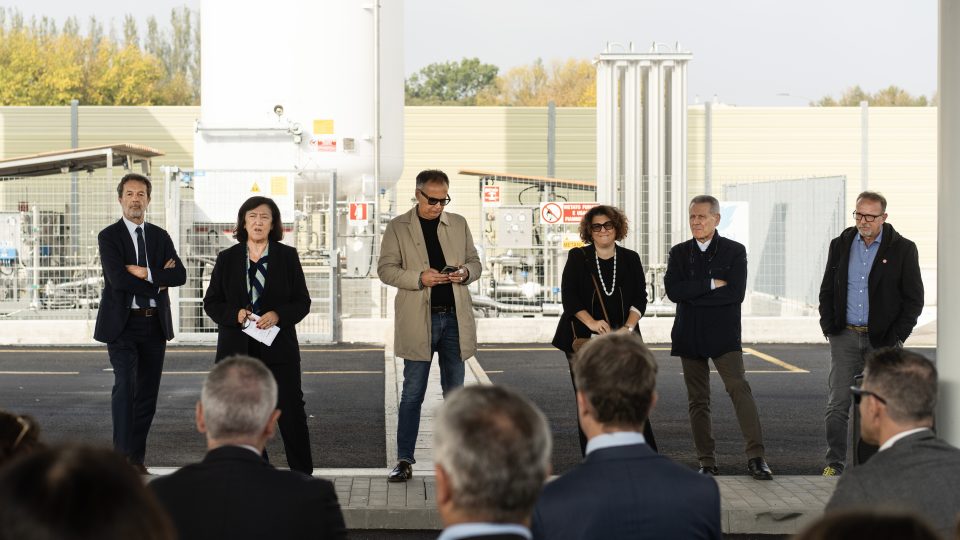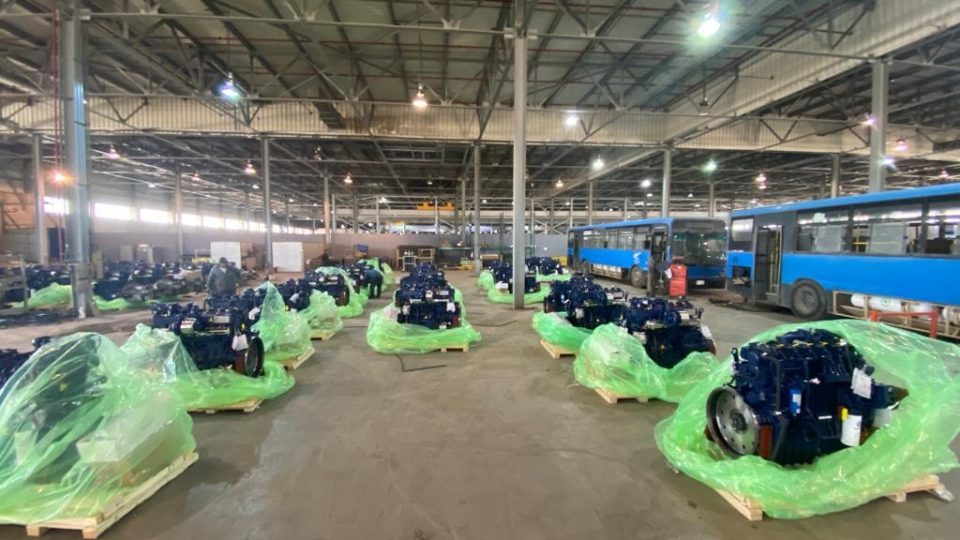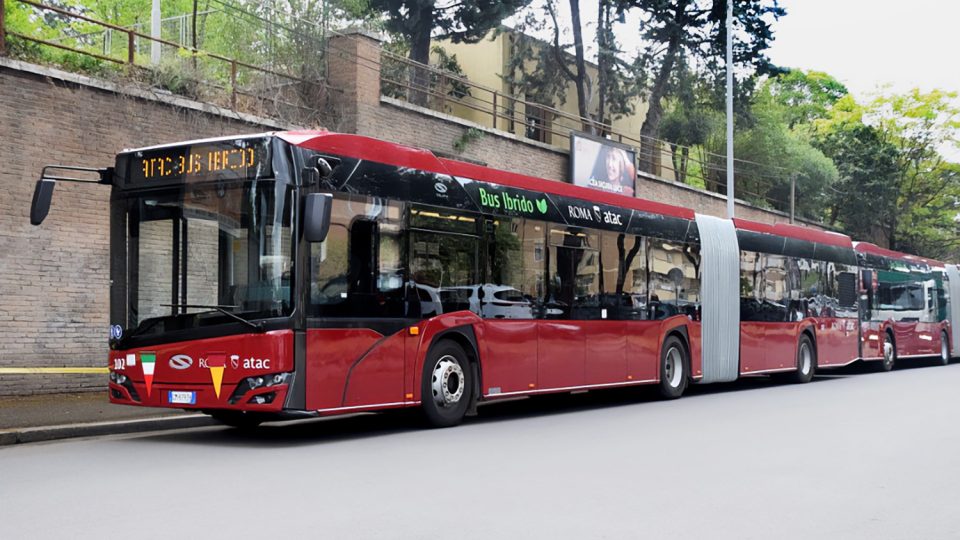EMT Madrid orders Citaro NGT, 276 units in two years (and 184 Scania)
EMT Madrid placed an order for 276 Mercedes Citaro NGT, fuelled with natural gas. The public transport company of Spanish capital is strongly committed to natural gas. The investment include also the purchase of 184 units of Scania N280-CNG. In total, as a press release from Daimler reports, 672 Citaro NGT buses will be soon in service […]
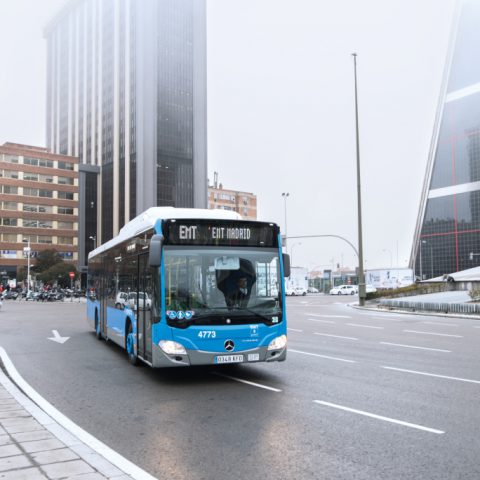
EMT Madrid placed an order for 276 Mercedes Citaro NGT, fuelled with natural gas. The public transport company of Spanish capital is strongly committed to natural gas. The investment include also the purchase of 184 units of Scania N280-CNG. In total, as a press release from Daimler reports, 672 Citaro NGT buses will be soon in service in Madrid. The 276 new buses will be delivered in next two years. This will be the fourth major order from Madrid in quick succession.
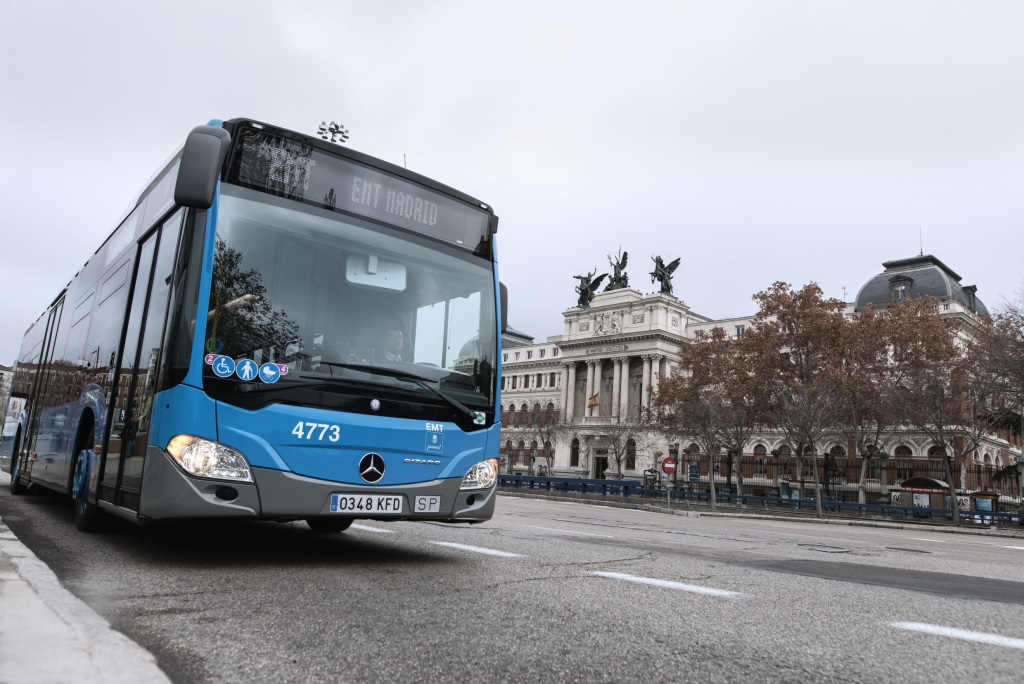
672 Citaro NGT running in Madrid from 2020
EMT placed its first order two years ago for 82 urban buses of the newly launched Citaro NGT model, Daimler reports. The following year, the company ordered another 314 buses. The current order means that there will be a total of 672 environmentally friendly Citaro NGT buses operating in Madrid from 2020. The vehicles now on order are two-door solo buses which are 12 metres in length. They are powered by Mercedes OM 936 G natural gas engine. Its output maximum torque of 1200 Nm enable the engine to achieve the same powerful performance as a diesel engine, Daimler points out.
Emission cut thanks to the gas engine
Still according to the manufacturer, in natural gas operation, CO2 emissions are up to ten per cent below those of a diesel engine. And when using biogas, an NGT bus is almost completely CO2-neutral. What’s more, noise emissions are also up to 4 dB(A) lower. This corresponds to roughly half the subjectively perceived noise level. As a result, the Citaro NGT is ideally suited for use in busy cities and metropolitan areas where noise pollution is a problem.
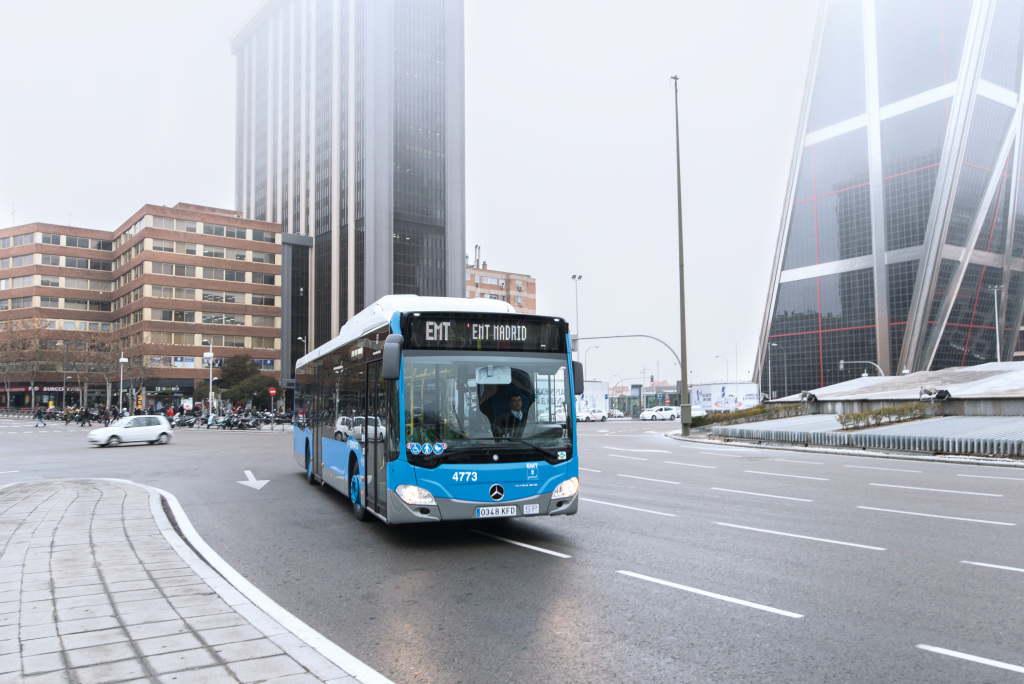
Citaro NGT equipment
The Citaro NGT buses destined for EMT feature a very specific equipment range.The rear end is closed, with the usual large rear window omitted. Passengers enter the bus at the front via an inward folding door and in the middle via an electrically powered swivelling-sliding door. Both a cassette ramp and a folding ramp are provided for wheelchair users. Inside, the handrails retain their prominent yellow colour. Passengers sit on sculpted seats and will find five double USB sockets available for charging their portable devices.
EMT to be low or zero emission by 2020
The driver’s cab has its own separate air conditioning. The driver sits behind a protective door with a partition window covering the full width of the door. Another window above the front-end sill then closes off the driver’s cab completely. The driver keeps an eye on what is happening on board via video cameras. As Spain’s biggest urban bus operator, EMT employs over 9000 staff, including 6000 bus drivers. The fleet comprises 2000 buses. They operate on 209 routes with over 10,000 bus stops, covering around 90 million kilometres and moving 430 million passengers a year. With this new order, EMT is approaching its target of moving its complete fleet to low-emission and locally emission-free urban buses by the year 2020.
